Navigating the Challenges of Agile Software Development with Effective Quality Assurance
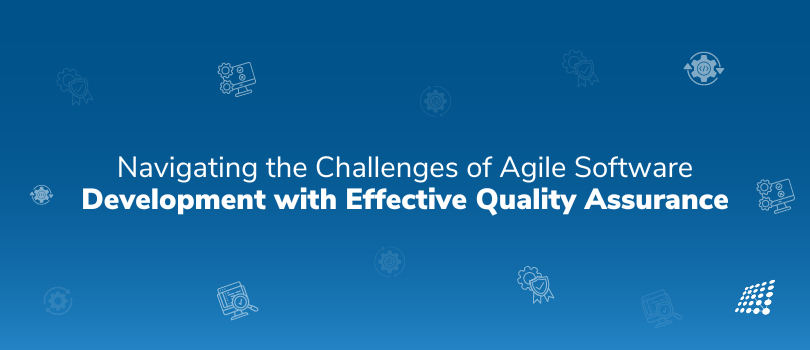
Agile software development revolutionized how teams build and deliver software. Its core principles—collaboration, adaptability, and iterative progress—have reshaped the industry. But amidst the agility, quality assurance (QA) remains paramount.
This article explores the unique challenges faced by QA teams in agile environments and presents strategies for overcoming these hurdles. From adapting traditional testing approaches to fostering collaboration between development and testing teams, this comprehensive guide aims to equip organizations with the knowledge and tools needed to integrate robust SQA practices seamlessly into Agile workflows. With a focus on iterative testing, continuous feedback, and the importance of automation, this article provides actionable insights for SQA professionals navigating the dynamic landscape of Agile software development.
Understanding Agile Quality Assurance
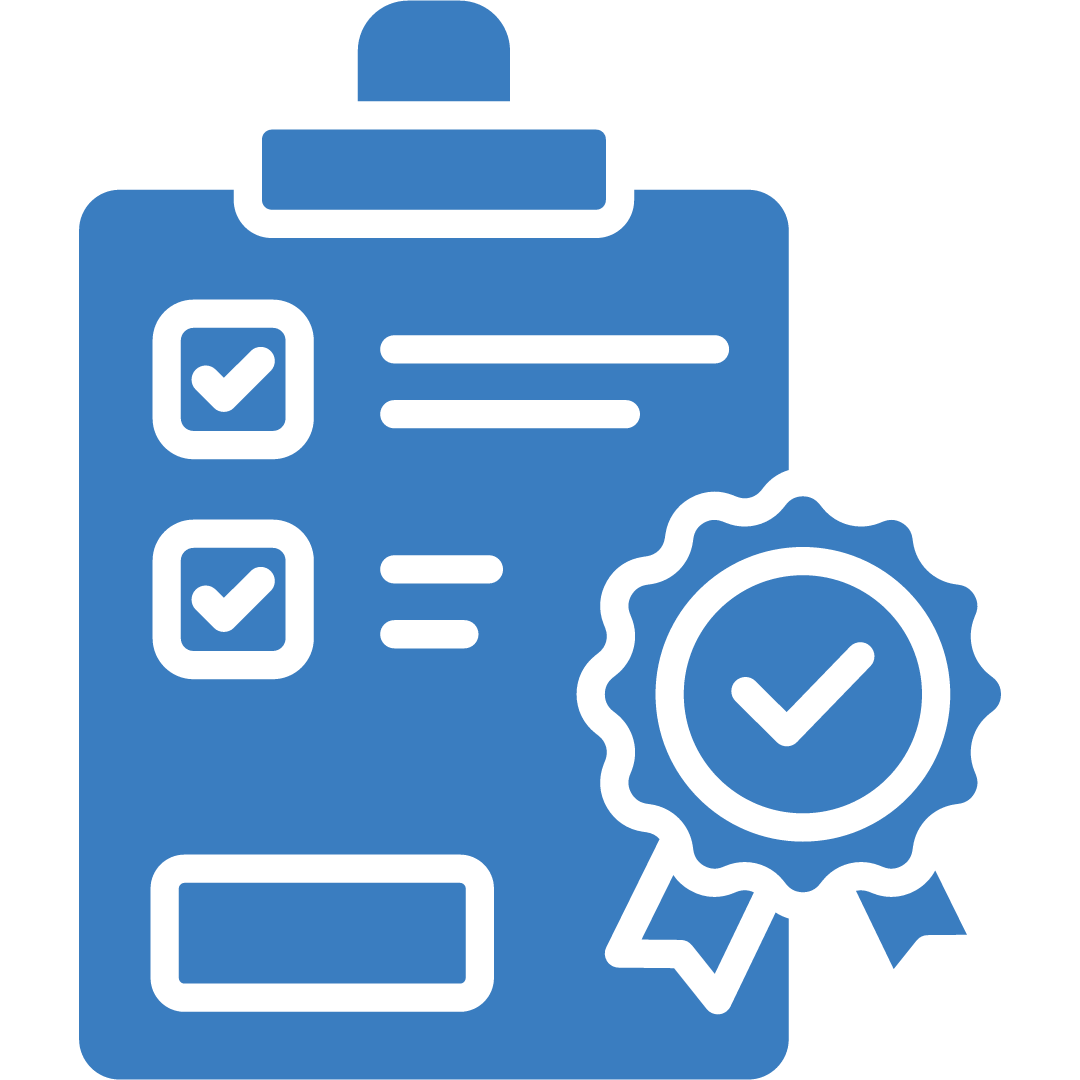
QA as an Ongoing Process:
- Unlike traditional approaches, where QA occurs as a separate phase after development, Agile integrates QA throughout the entire software development lifecycle.
- QA activities happen continuously, from requirements gathering to deployment.
Incremental Progress:
- Agile emphasizes small, frequent iterations. Each iteration delivers a working piece of software.
- QA ensures that each increment meets quality standards before moving to the next phase.
User Involvement:
- Agile teams collaborate closely with end-users and stakeholders.
- QA involves user feedback early and often, ensuring the product aligns with their needs.
Continuous Assessment:
- Agile QA isn’t a one-time check; it’s ongoing.
- Teams assess quality continuously, adapting to changes and improving as they go.
Agile Fundamentals
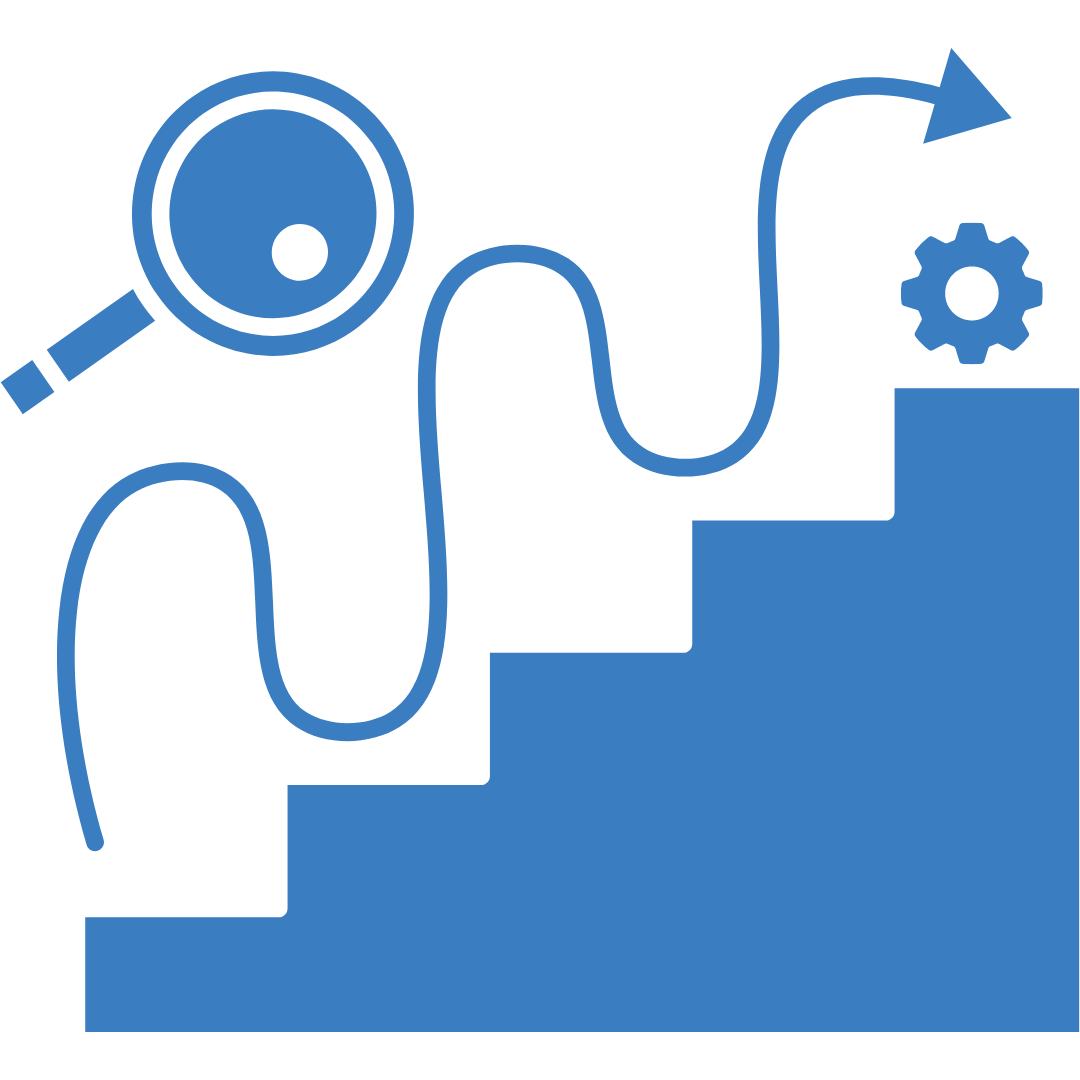
The Agile Manifesto: At its core, Agile embraces four key values:
- Individuals and Interactions: People matter more than processes or tools. Effective communication and collaboration drive success.
- Working Software: Delivering functional software takes precedence over extensive documentation.
- Customer Collaboration: Engage customers throughout development to ensure their needs are met.
- Responding to Change: Adaptability is essential; Agile teams thrive on flexibility.
Iterative Nature of Agile: Agile development unfolds in short cycles called sprints. Teams iteratively build, test, and refine software. QA plays a pivotal role by continuously validating quality, catching issues early, and ensuring each sprint contributes to the bigger picture.
Role of Feedback and Collaboration
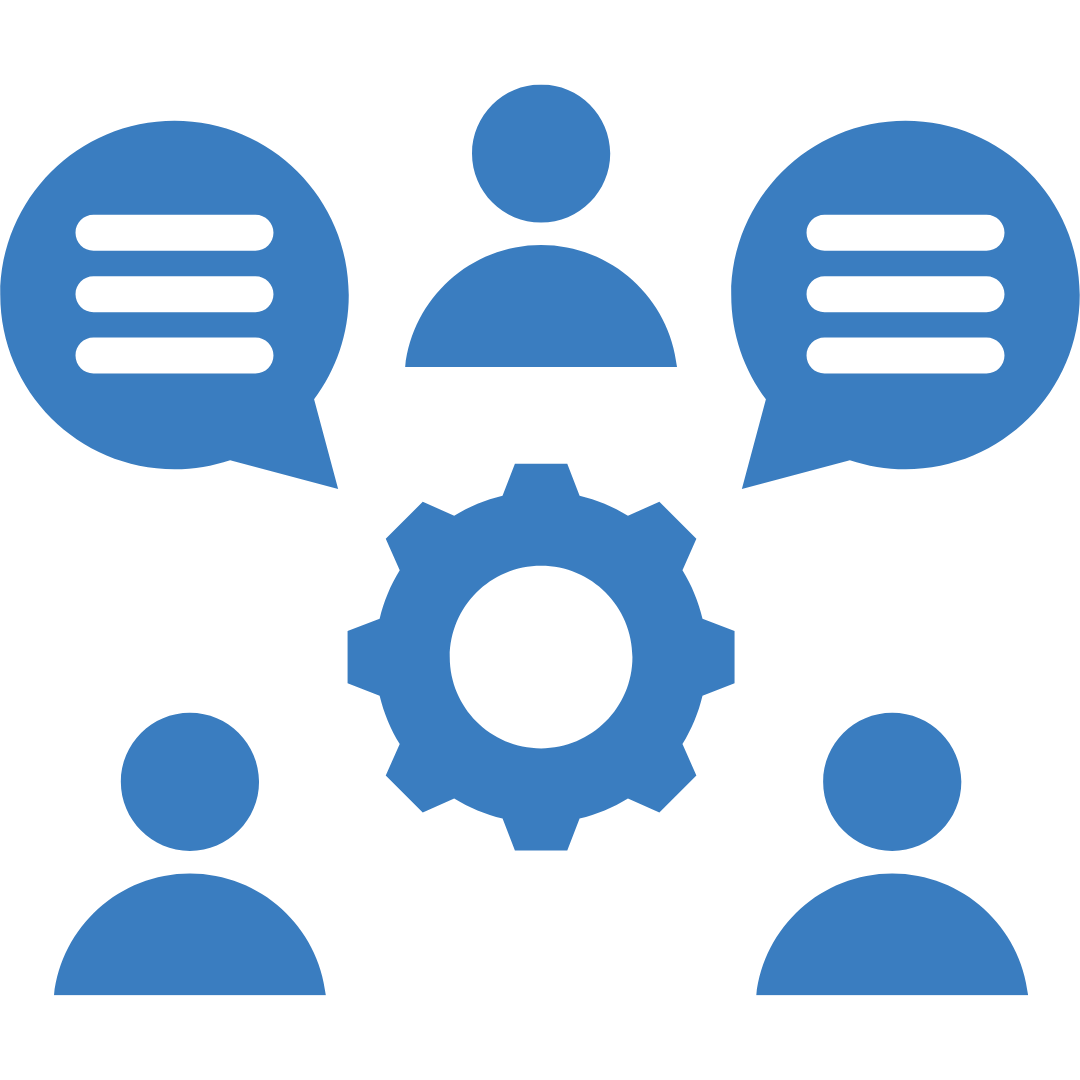
- Regular Reviews:
- What? Regular reviews involve assessing the work done during each iteration (sprint) of development.
- Why? They allow teams to catch issues early, validate progress, and ensure alignment with project goals.
- Impact: High-quality software emerges when teams actively review and refine their work.
- Retrospectives:
- What? Retrospectives are reflective sessions held after each sprint.
- Why? They provide a safe space for teams to discuss what went well, what didn’t, and how to improve.
- Impact: Continuous improvement becomes possible when teams learn from their experiences.
- Collaboration:
- What? Agile thrives on cross-functional collaboration—developers, testers, designers, and stakeholders working together.
- Why? Collaborative efforts lead to better solutions, fewer misunderstandings, and higher-quality outcomes.
- Impact: Quality improves when diverse perspectives merge into cohesive results.
Challenges in Agile QA
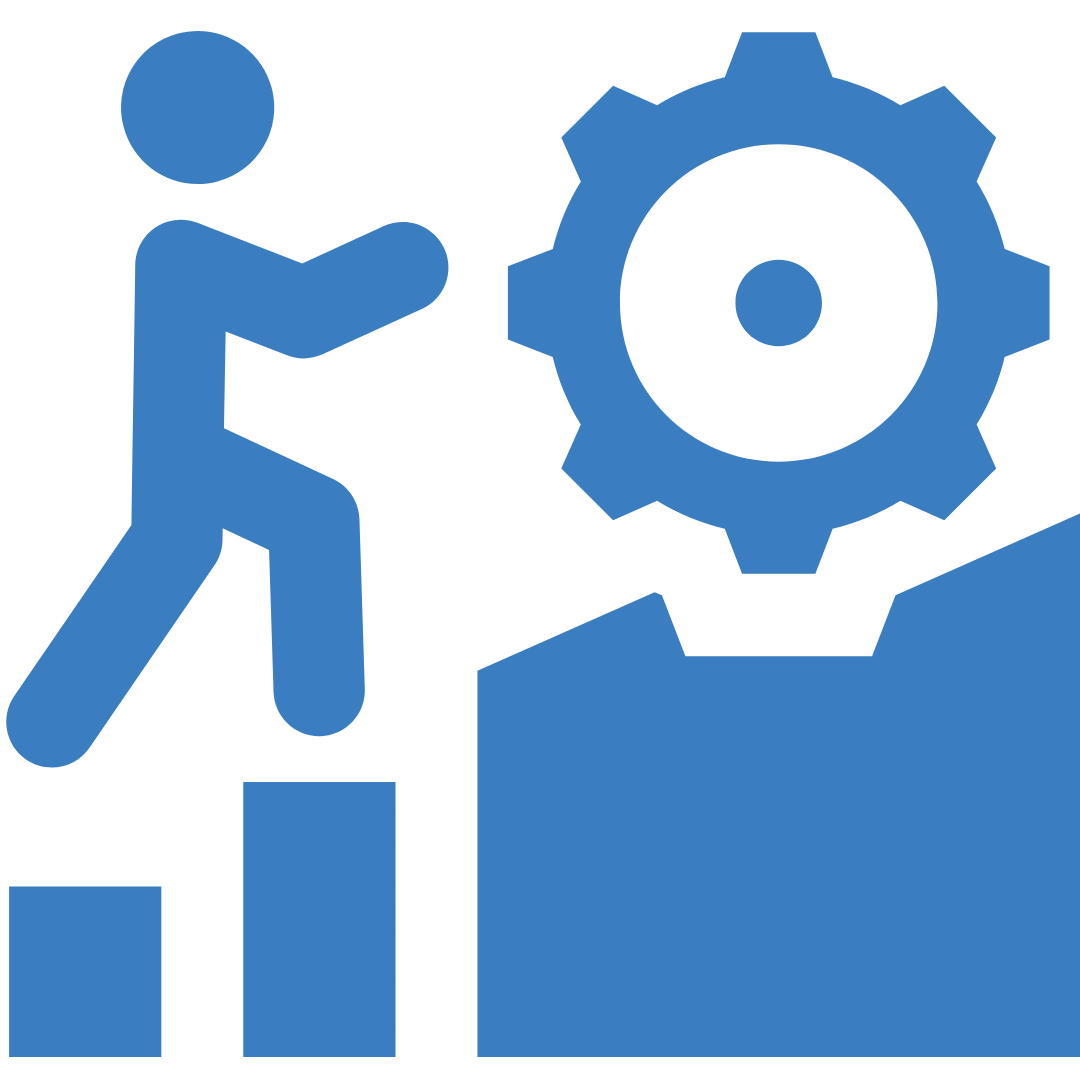
Let’s break down the common challenges faced by QA teams in Agile projects and why addressing them is crucial for successful software delivery:
1. Last-Minute Changes to Requirements:
Agile development often involves mid-sprint requirement changes. These can disrupt testing efforts. Testers must adapt quickly to ensure stability and compatibility with existing code.
Solution: Expect changes and run as many tests as possible within tight deadlines.
2. Inadequate Information on User Stories:
Testers rely on user stories to create test cases. Incomplete or vague stories hinder their work. Clear user stories lead to accurate testing and better product quality.
Solution: Collaborate closely with stakeholders to clarify requirements.
3. Lack of Experience with Test Automation:
Test automation is essential in Agile. Inexperienced testers may struggle. Automation speeds up testing and ensures consistent results.
Solution: Invest in training and practice to build automation skills.
4. Limited Collaboration Between Testers and Developers:
Effective communication between testers and developers is crucial. Misalignment can lead to missed defects and delays.
Solution: Foster open communication, attend stand-ups, and collaborate proactively.
5. Tests Failing Under Real User Conditions:
Sometimes tests pass in controlled environments but fail in real-world scenarios. Real users encounter these issues, affecting user satisfaction.
Solution: Prioritize testing in realistic conditions (e.g., network variations, different devices).
Effective Strategies for Agile QA
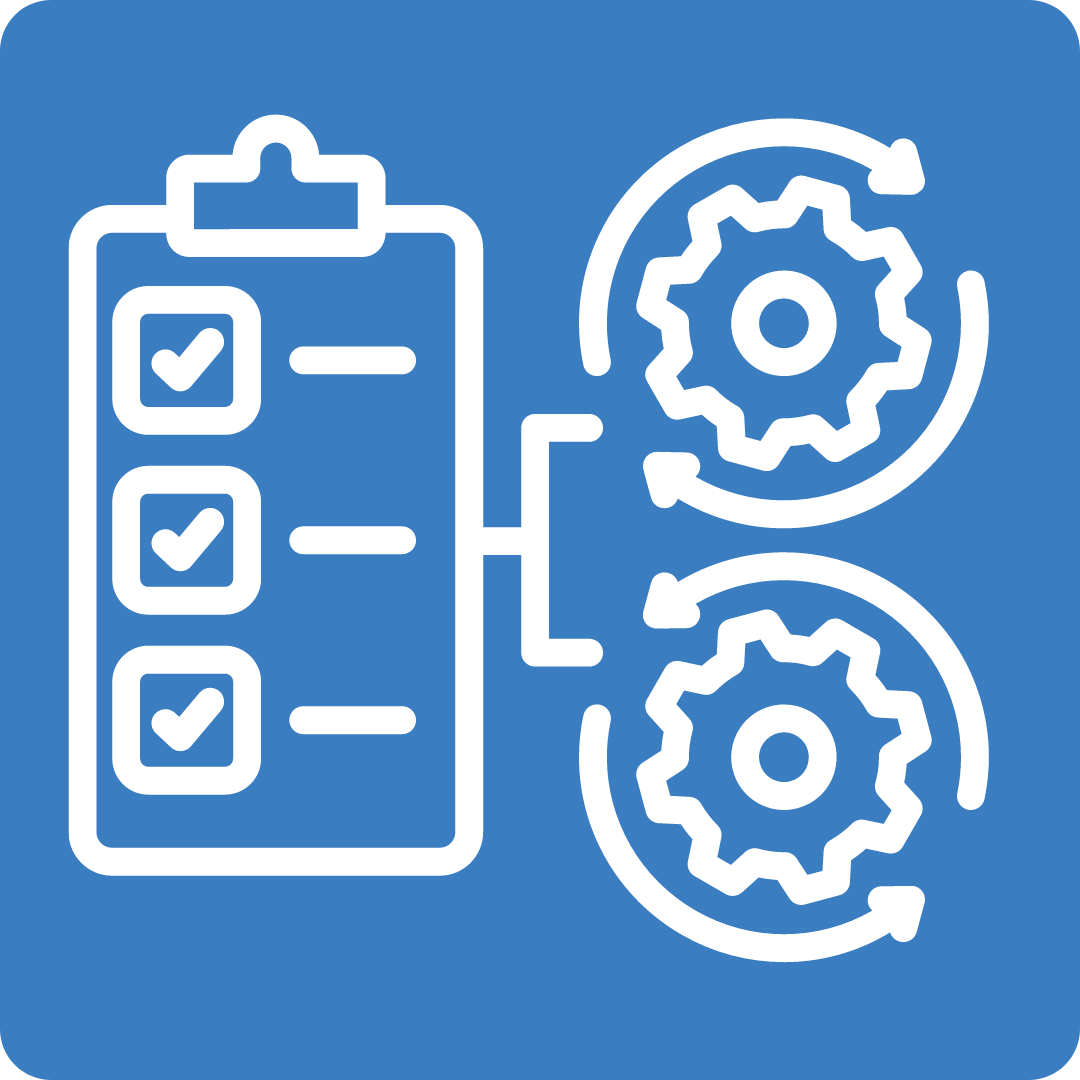
Here are the effective strategies for Agile QA:
1. Continuous Testing:
- Automated testing and frequent validation are critical. They ensure that software meets quality standards.
- Continuous testing allows immediate adjustments based on stakeholder feedback.
- It identifies issues early in the development process.
- Automate repetitive and time-consuming tests (like regression and functional testing) to speed up the feedback loop.
2. Strong Communication:
- Foster open communication between development and QA teams.
- Build trust within the team to ensure effective collaboration.
- Quality assurance becomes a shared goal, enhancing overall product quality.
3. Team Dynamics:
- Recognize that people drive quality. Their interactions impact the final product.
- Cross-functional teams work together to maintain quality.
- A cohesive team ensures better software quality.
Selecting Tools and Techniques
Here are some of the essential tools and techniques for Agile environments:
1. Task Management System:
The Task Management System organizes and prioritizes tasks and projects systematically. This helps teams stay on track, manage workloads, and maintain focus.
2. Kanban Board:
The Kanban Board makes it easy to visualize workflows. It represents work items as cards moving through stages (e.g., “To Do,” “In Progress,” “Done”). This works to enhance transparency, promote flow, and minimize bottlenecks.
3. Scrum Board:
The Scrum Framework helps visualize user stories and tasks during sprints. This helps keep the team aligned, tracks progress, and ensures timely delivery.
4. Burnup and Burndown Charts:
Burnup shows work completed over time while Burndown works to track the remaining work. It provides insights into project progress and helps adjust plans.
5. User Stories
User Stories are brief descriptions of desired functionality from a user’s perspective. These stories guide development and ensure alignment with user needs.
6. Story Mapping:
Story Mapping is a technique that visualizes user stories in a hierarchical structure. This helps prioritize features and create a cohesive product roadmap.
Iterative Testing in Agile Environments
Iterative testing involves repeatedly testing small increments of the software during development. It allows early detection of defects, ensuring quality throughout the process. Iterative testing ensures faster feedback, reduced risks, and adaptability to changing requirements.
Feedback Loops
Feedback loops help create a continuous learning cycle as they gather feedback from stakeholders, users, and team members. The insights derived help drive improvements, leading to better software quality.
Role of Automation in Agile SQA
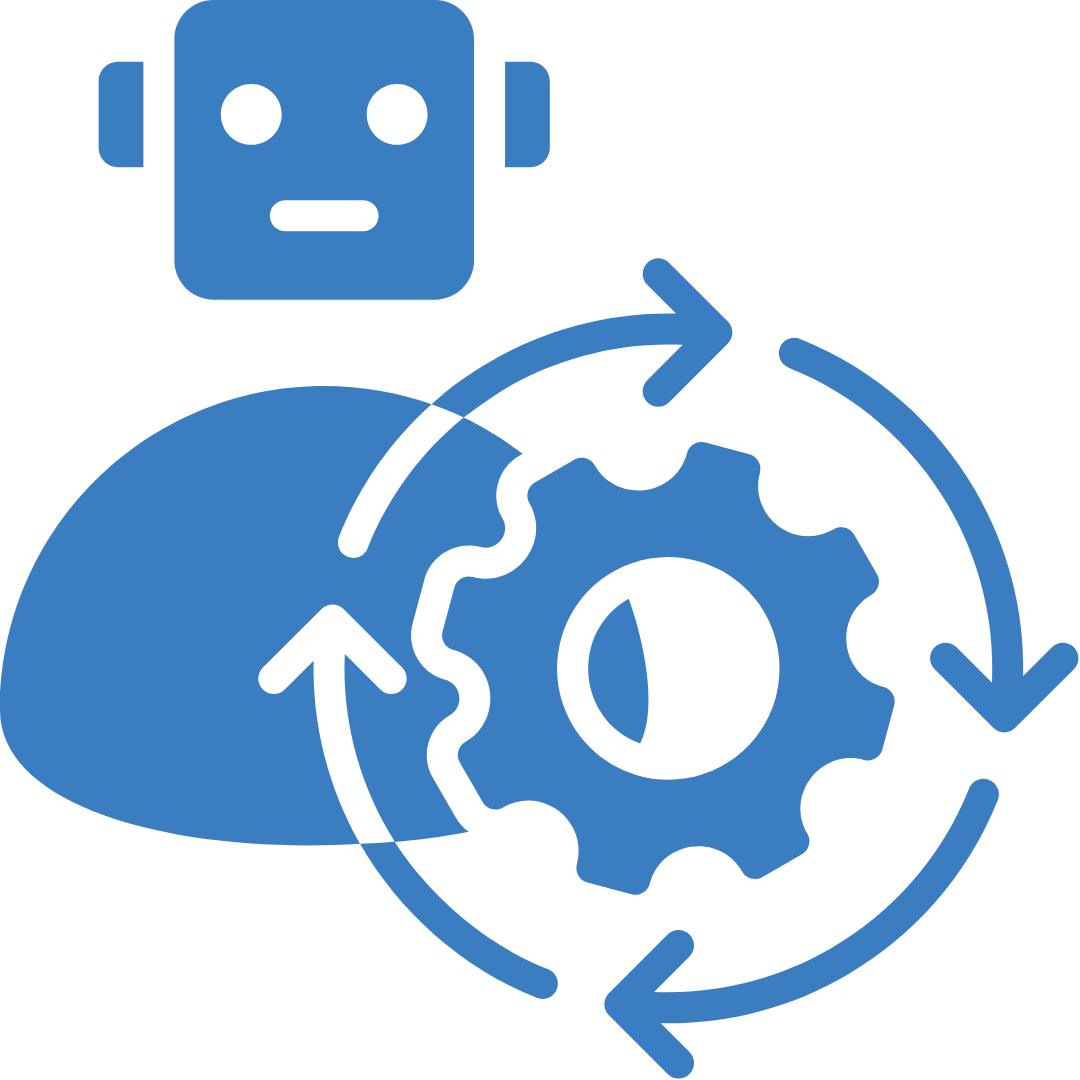
1. Speeding Up Testing:
- Agile development cycles are fast-paced, with frequent releases. Automation helps by executing repetitive tests quickly and accurately, providing immediate feedback.
- This speed allows Agile teams to iterate rapidly, identify issues early, and make continuous improvements.
2. Identifying Suitable Scenarios for Automation:
- Not all tests need to be automated. QA professionals must choose scenarios wisely.
- Regression Testing: Automate repetitive tests that verify existing functionality after code changes.
- Smoke Testing: Automate basic checks to ensure the system is stable.
- Integration Testing: Automate tests that validate interactions between different components.
- Performance Testing: Automate load and stress tests to assess system performance.
3. Reducing Human Errors:
- Manual testing can be error-prone due to fatigue or oversight. Automation eliminates these risks.
- Automated tools execute tests consistently, reducing the chances of missing critical issues.
4. Enabling Continuous Integration/Continuous Deployment (CI/CD):
- Automation integrates seamlessly into CI/CD pipelines.
- Once tests are automated, they run automatically whenever code changes are pushed.
- This ensures that quality checks are part of the development process, promoting a culture of quality.
Agile software development transformed the industry, emphasizing collaboration, adaptability, and iterative progress. Amidst this agility, quality assurance (QA) remains vital. This comprehensive guide equips organizations to integrate robust SQA practices seamlessly into Agile workflows, emphasizing iterative testing, continuous feedback, and automation. If you need further information, get in touch with our QA experts!
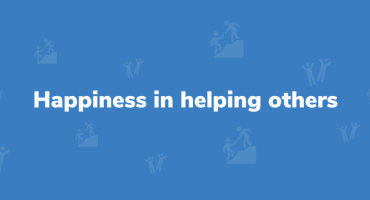
Happiness in helping others

How To Build A Simple Productivity Application With ReactJs


